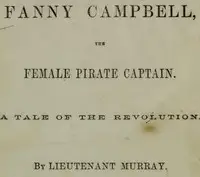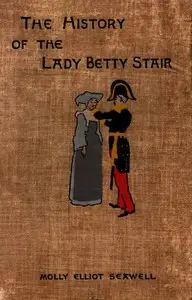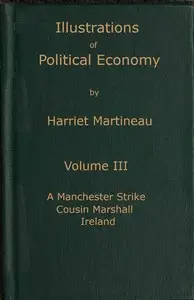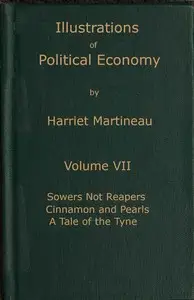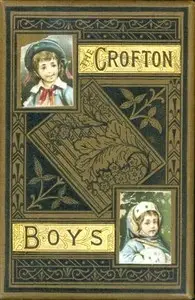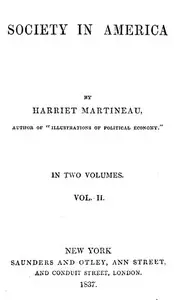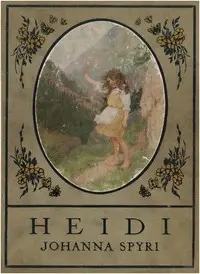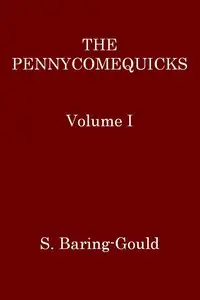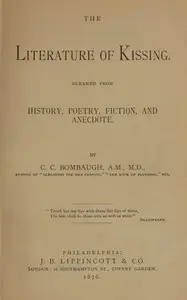"The Billow and the Rock" by Harriet Martineau is a gripping story that unfolds in the midst of the 1745 Rebellion in Scotland, exploring themes of political division, individual struggle, and resilience. Lady Carse finds herself at the heart of the conflict when she is kidnapped by her husband's associates, who fear she might expose their political leanings. Initially a captive, Lady Carse undergoes a significant change, becoming a determined woman fighting to regain her freedom and shape her own destiny. The novel's early parts highlight her internal battles, the complex relationships within her family, and the spark of defiance that grows as she navigates her challenging circumstances, all against the backdrop of Scotland's intense political unrest, enriching her personal journey.

The Billow and the Rock
By Harriet Martineau
Amidst Scottish rebellion, a captured woman transforms from prisoner to defiant force, battling for liberty against a landscape of political turmoil.
Summary
About the AuthorHarriet Martineau was an English social theorist. She wrote from a sociological, holistic, religious and feminine angle, translated works by Auguste Comte, and, rarely for a woman writer at the time, earned enough to support herself. The young Princess Victoria enjoyed her work and invited her to her 1838 coronation. Martineau advised "a focus on all [society's] aspects, including key political, religious, and social institutions". She applied thorough analysis to women's status under men. The novelist Margaret Oliphant called her "a born lecturer and politician... less distinctively affected by her sex than perhaps any other, male or female, of her generation."
Harriet Martineau was an English social theorist. She wrote from a sociological, holistic, religious and feminine angle, translated works by Auguste Comte, and, rarely for a woman writer at the time, earned enough to support herself. The young Princess Victoria enjoyed her work and invited her to her 1838 coronation. Martineau advised "a focus on all [society's] aspects, including key political, religious, and social institutions". She applied thorough analysis to women's status under men. The novelist Margaret Oliphant called her "a born lecturer and politician... less distinctively affected by her sex than perhaps any other, male or female, of her generation."






